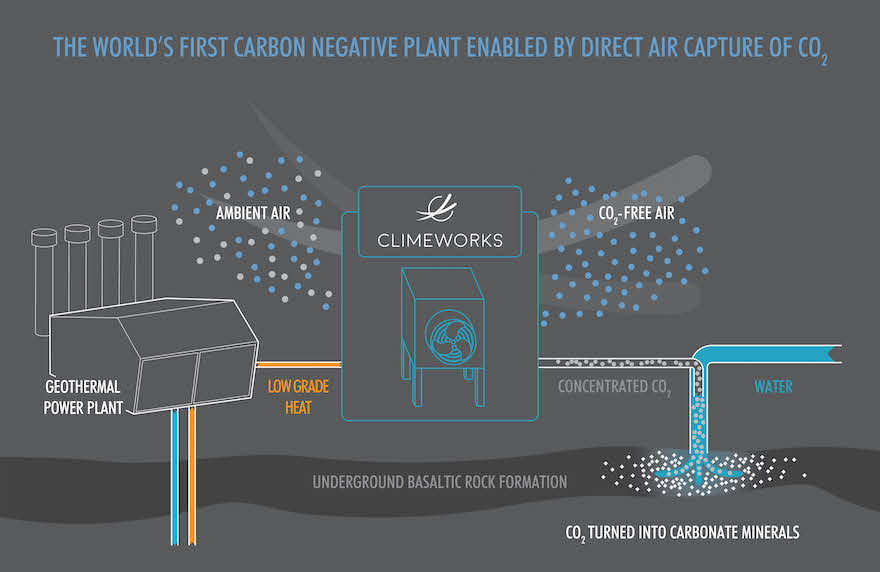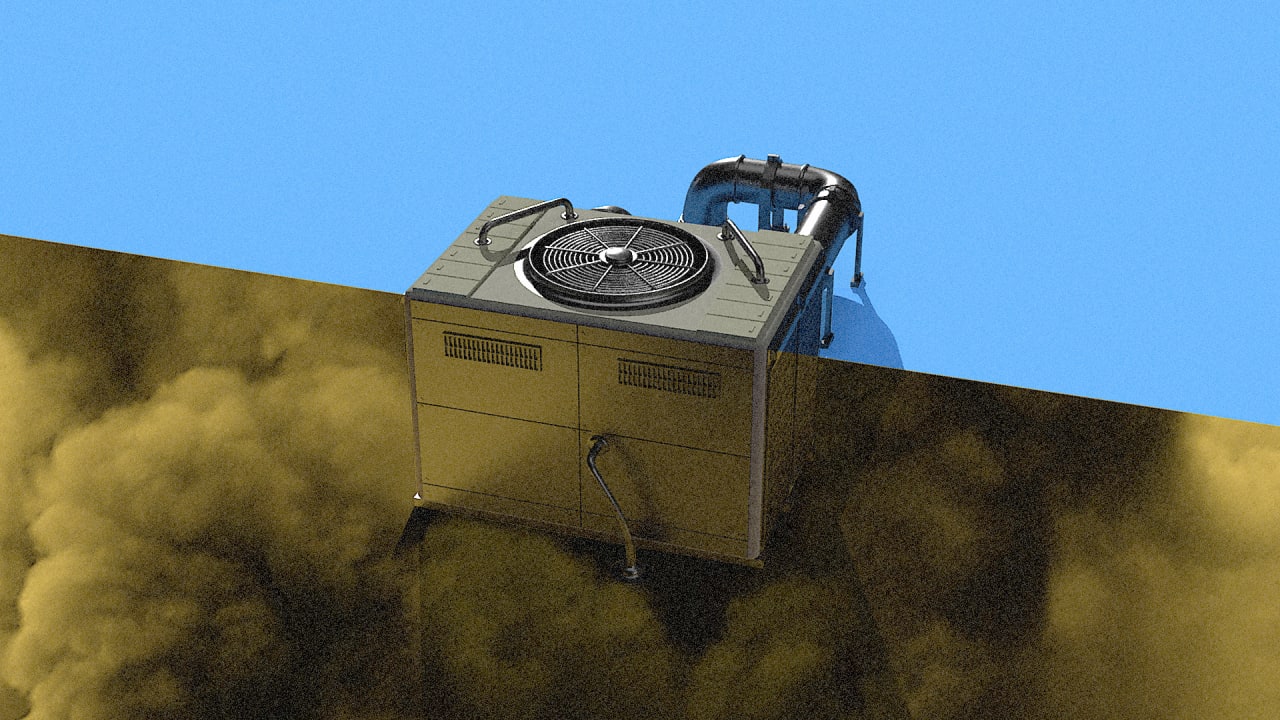
Most CO 2 used for these purposes today is extracted from the earth, but captured CO 2 works just as well.ĬO 2 could also be made into useful products. Pure CO 2 is also used in greenhouses to grow plants. The main use for CO 2 today is enhanced oil recovery: pumping CO 2 into oil wells to help flush out hard-to-extract oil. But “utilization”-selling the CO 2 as a valuable product-could help create markets for carbon capture, and make it cheaper for companies to invest in capturing their CO 2 emissions. We emit so much CO 2 into the atmosphere that, if carbon capture is going to play any significant part in the fight against climate change, we will have to store most of the captured CO 2 underground. For large-scale implementation of CCS, utilization is projected to use less than 10% of the captured CO 2. Other possible uses of CO 2 include making chemicals or fuels, but they require large amounts of carbon-free energy, making the costs too high to be competitive today. EOR is where CO 2 is injected into active oil reservoirs in order to recover more oil. Enhanced oil recovery (EOR) is the major use of CO 2 today.

Using the CO2ĬCS is sometimes referred to as CCUS, where the “U” stands for utilization. Once at the storage site, the CO 2 is pumped more than 2,500 feet down wells into geological formations like used-up oil and gas reservoirs, as well as formations that contain unusable, salty water. Ship transport is more expensive than using pipelines, but it is being considered in both Europe and Japan. The captured CO 2 gas is then compressed so it becomes liquid-like and transported to a storage site, generally through a pipeline. Most current carbon capture projects use a liquid to chemically remove the CO 2 before it goes out the smokestack, but several new types of capture processes are under development. Capture generally takes place at large stationary sources of CO 2, like power plants or industrial plants that make cement, steel, and chemicals. Today, CCS projects are storing almost 45 million tons of CO 2 every year, which is about the amount of CO 2 emissions created by 10 million passenger cars. This forms a “closed loop”, where the carbon is extracted from the Earth as fossil fuels and then is returned to the Earth as CO 2. The question is then: What to do with the captured CO 2? Most current CCS strategies call for the injection of CO 2 deep underground. The idea behind CCS is to capture the CO 2 generated by burning fossil fuels before it is released to the atmosphere.

Carbon capture and storage (CCS) refers to a collection of technologies that can combat climate change by reducing carbon dioxide (CO 2) emissions.


 0 kommentar(er)
0 kommentar(er)
